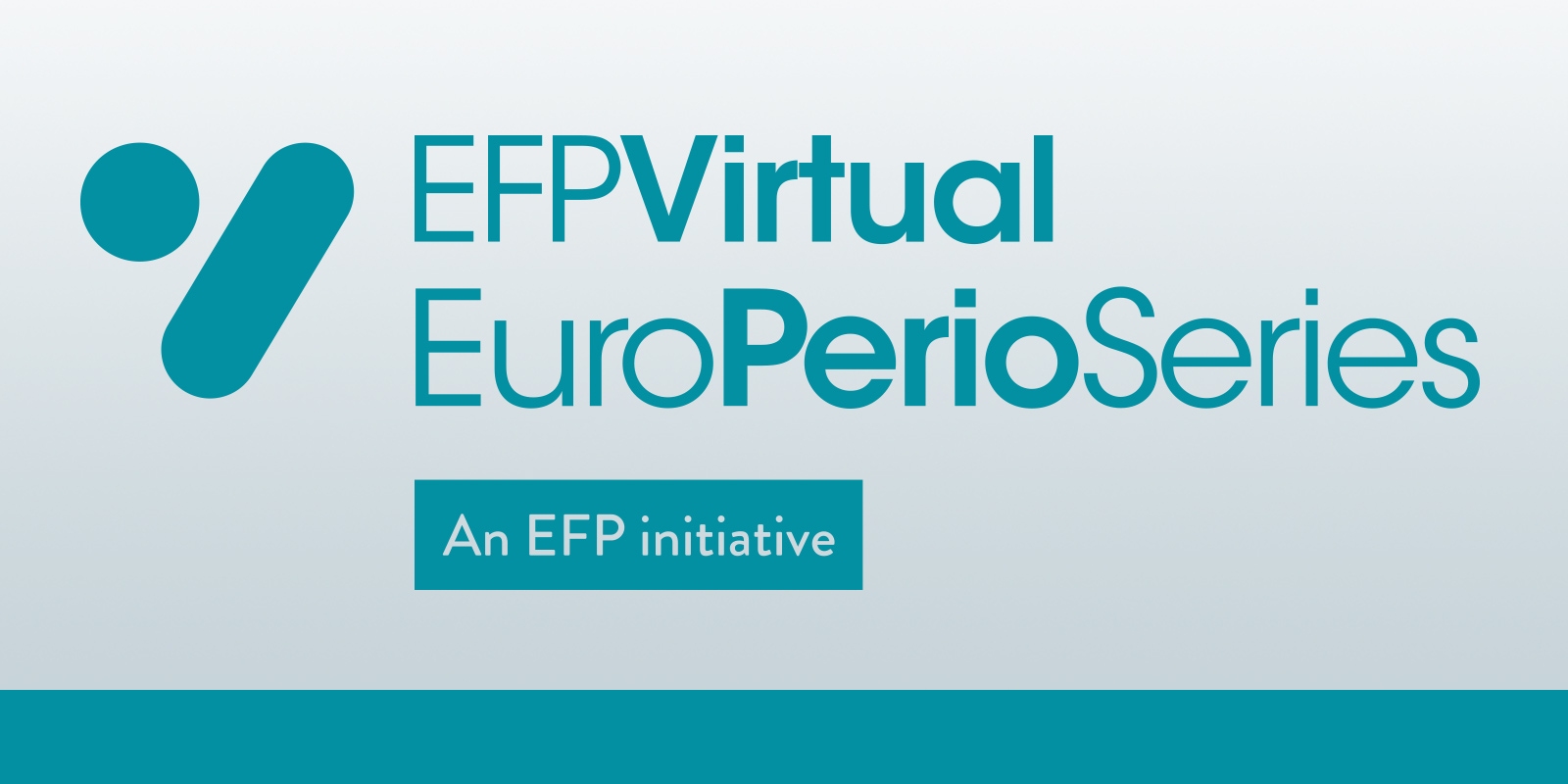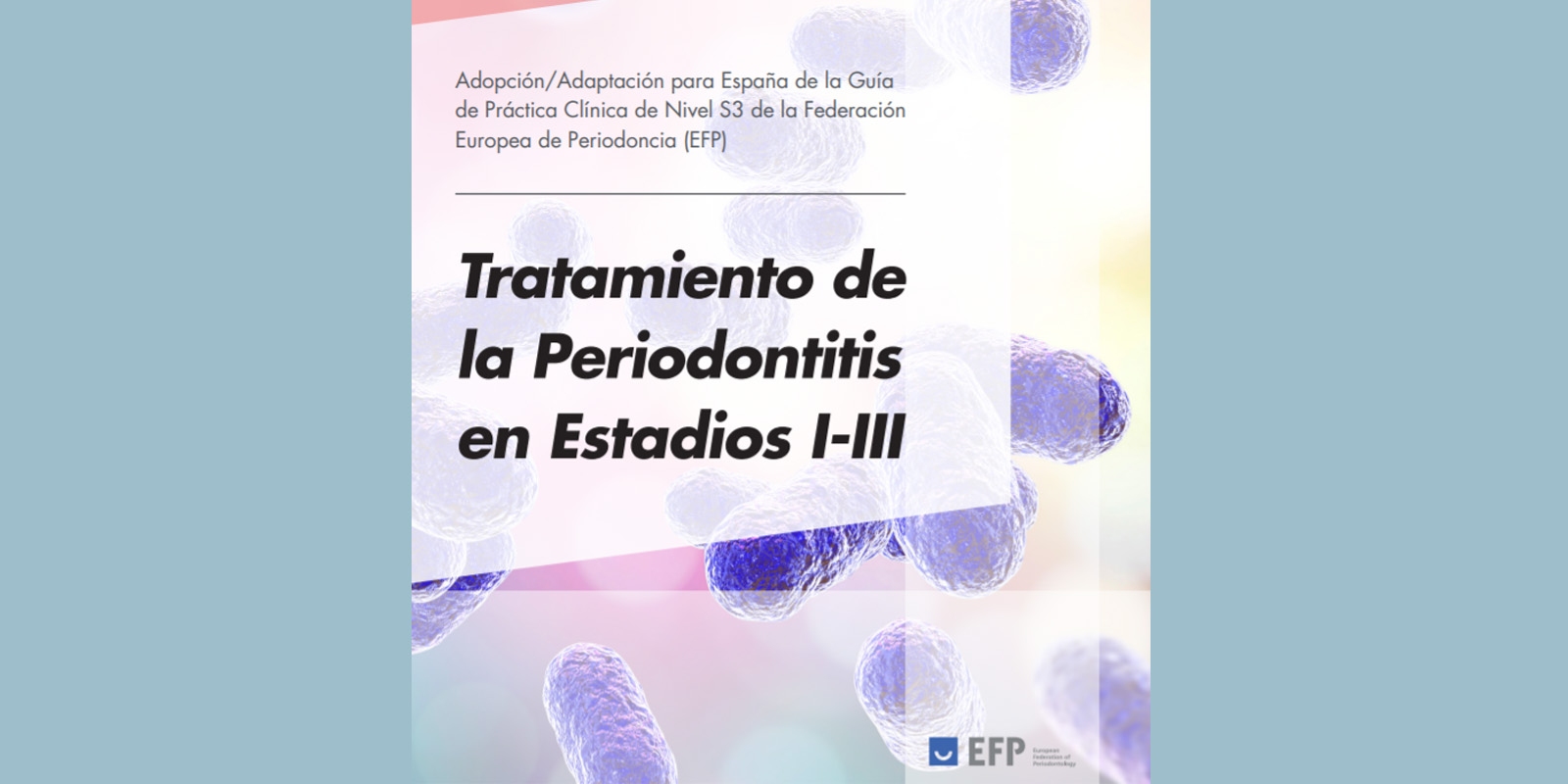DENTAID EXPERTISE
News for dentistry professionals
POST IMPLANT PLACEMENT PROCEDURE PROTOCOL
It won’t do any good to perform perfect surgical and prosthetic implant procedures if patients are not taught how to properly clean and care for their restorations. Regular plaque control and motivation to carry out optimum hygiene should be the fundamental bases for their correct maintenance.
Pre-surgical phase
There are no set pre-surgical antisepsis guidelines for oral surgery, although temporary reduction in intraoral bacterial load can reduce levels of bacteraemia, postoperative infection and intraoperative contamination in implants or grafting materials.
During surgical interventions, the oral cavity must be as aseptic as possible, since surgery itself opens the door to germs. Thus, patients must be periodontally stable before such procedures; in other words, if periodontal disease exists, it should not be active. Previous to these procedures, any possible source of infection, bacterial plaque and calculus should be eliminated, and patients should be taught oral hygiene techniques.
It has been proven that pre-operative rinsing for 2 minutes with 0.12% chlorhexidine reduces bacterial load in the oral cavity and in turn intra- and post-operative bacteraemia, making it to be considered the main pre-surgical indication.
Post-surgical or immediate phase
To minimise post-operative complications deriving from infection, bacterial load should be substantially reduced through antisepsis techniques, among which exists the application of 0.12% chlorhexidine rinses for 2 weeks after the intervention. This guideline can be complimented with a spray containing the same product aimed at the tonsils.
During this immediate phase, in which tissues are delicate, soft, surgical toothbrushes are recommended for mechanical removal of food debris and bacterial plaque, without harming the healing area. After soft tissues heal (1-2 weeks), the soft toothbrush will be replaced with one of medium strength, either manual or electric.
Adding interproximal brushes of different diameters as well as dental floss to conventional hygiene routine is vital for correct bacterial plaque removal from between teeth, implants and from underneath immediate prostheses. In some cases, it will be necessary to use threaders and or rigid-tipped dental floss to clean interproximal spaces and gingival areas that come in contact with prosthetic bridges. As a compliment to these techniques, irrigation with water of interdental and/or inter-implantary spaces is recommended in order to reach areas other oral hygiene devices cannot.
During the osseointegration period (3-6 months) special emphasis should be made to plaque control and regular check-ups for prevention or early identification of peri-implant diseases. During this phase, hygiene techniques can be supported by rinsing with 0.05% chlorhexidine + 0.05% CPC (maintenance).
RELATED ARTICLES

17 Feb 2022
EuroPerio Series: professional discussions and scientific exchange
To keep the global perio community up to date with the latest research findings as well as give a taster of what is to come at EuroPerio10, the…

21 Jan 2022
Xerostomia in COVID-19 positive patients: clinical considerations
Severe Acute Respiratory Syndrome Coronavirus 2 (SARS-CoV-2) the cause of the pandemic known as COVID-19, affects different organs and systems (lungs,…

20 Jan 2022
A guide adapted to Spain to optimise the approach to periodontitis
There are currently numerous clinical practice guidelines to direct the treatment of many systemic diseases (such as diabetes, depression,…
Sign up for the DENTAID Expertise newsletter
Sign up for the newsletter